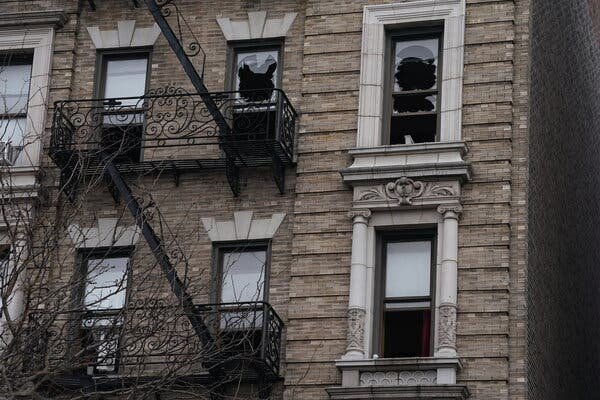Ballot Question 4 in New York City would require City Council to provide more notice and time for public input before voting on laws related to the Police, Corrections, or Fire Departments. Supporters argue it’s necessary due to the importance of public safety, while opponents see it as an interference in the legislative process. This proposal is part of a series of ballot measures, but only those proposed by Mayor Adams will appear on the ballot. Some critics believe these measures may weaken checks and balances in the city’s government.
When considering the ballot proposals in New York City this November, Ballot Question 4 stands out as it focuses on public safety operations involving the Police, Corrections, or Fire Departments. The proposal mandates that the City Council provide longer notice and time for public input before voting on laws related to these departments.
The wording of Question 4 on the ballot is: “This proposal would require additional public notice and time before the City Council votes on laws respecting the public safety operations of the Police, Correction, or Fire Departments.” The essence of the proposal is that the City Council must notify the public, the mayor, and all relevant agencies at least 30 days before voting on legislation concerning the NYPD, Department of Correction, or FDNY.
During this 30-day period, the mayor and affected agencies can conduct hearings to gather public input. The rationale behind this proposal is that public safety is a crucial aspect of city operations, necessitating a distinct public input process compared to other legislation. Representatives from police, correction, and fire departments support this view.
However, there are differing opinions on this proposal. Citizens Union, a good government group, argues that public safety legislation already receives similar public input opportunities as other laws on different issues. Opponents also suggest that the proposal may be a response to specific laws passed by the City Council earlier in the year, which Mayor Adams vetoed but was overridden by the Council.
The process of getting the ballot questions, including Question 4, to voters faced challenges. The City Council proposed expanding the “advice and consent” process for Council approval of mayoral appointees, while Mayor Adams established his Charter Review Commission to put forward his own proposals. Legal conflicts arose as both sets of proposals couldn’t coexist on the same ballot, with the mayor’s taking precedence for this November’s ballot.
The mayor’s commission claims that their ballot measures resulted from listening to New Yorkers, gathering input, and reflecting desires for clean streets, fiscal responsibility, public safety, transparency in capital planning, and support for Minority- and Women-Owned Business Enterprises. However, opponents argue that these proposals are an attempt to interfere in the city’s legislative process and concentrate power in the mayor’s office.
For those seeking more information on the ballot proposals or voting in New York this year, contacting the newsroom at ask@thecity.nyc is recommended.
In conclusion, Ballot Question 4 in New York City focuses on enhancing the public input process for legislation related to public safety operations involving the Police, Corrections, or Fire Departments. The proposal seeks to ensure that adequate notice and time are given for stakeholders to provide input before the City Council votes on such laws.
Source: TheCity.NYC









